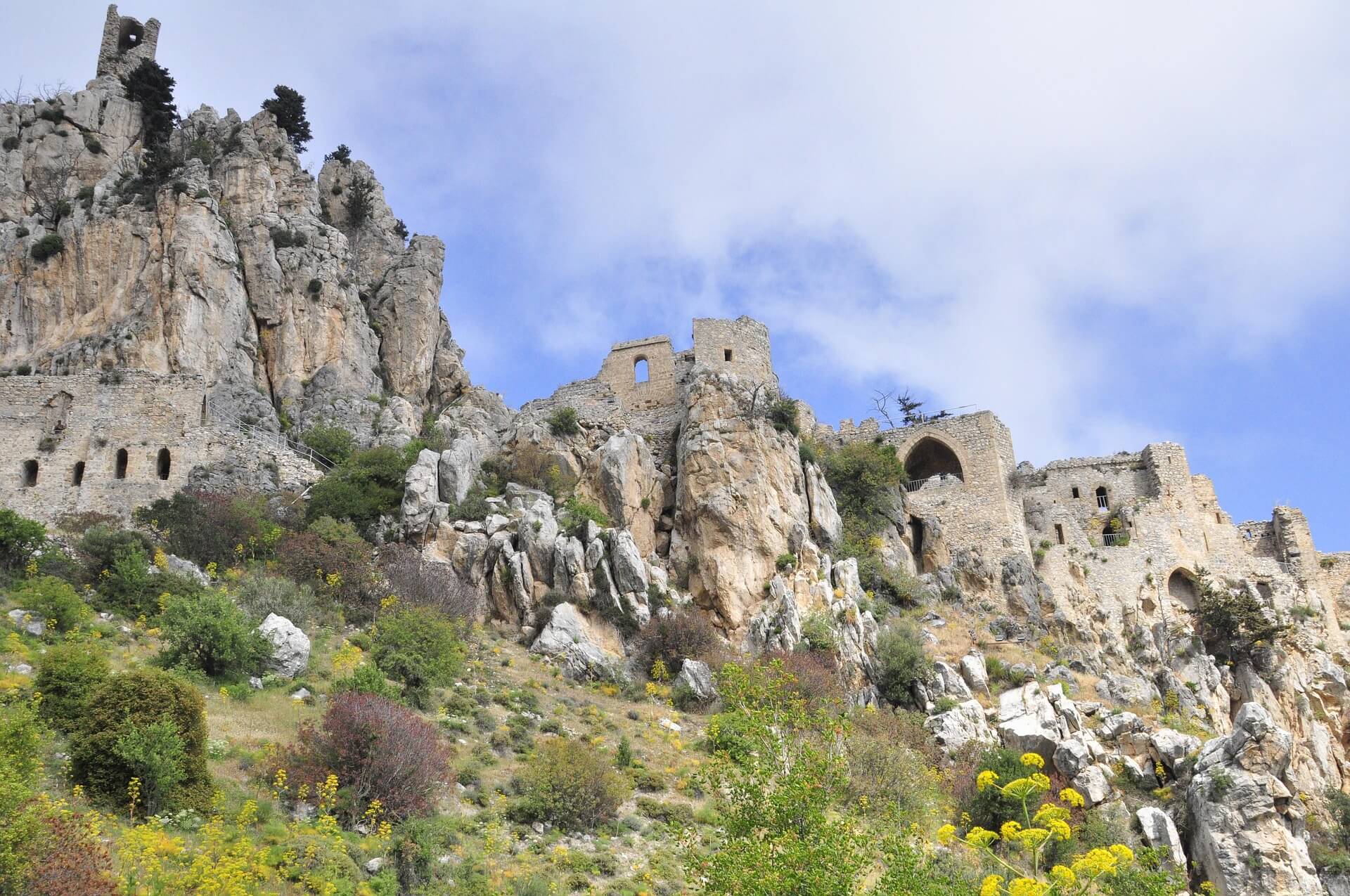Cultural Heritage of North Cyprus

North Cyprus is more than a destination — it’s a living museum, shaped by the footsteps of empires and the whispers of forgotten kings. Across the island’s sun-warmed soil lie the legacies of civilizations that rose, flourished, and faded — each leaving behind architecture, art, and traditions that still shape the identity of the island today.
For millennia, Cyprus has been a crossroads of cultures, coveted for its strategic position between Europe, Asia, and Africa. And while power shifted hands — from the Byzantines to the Lusignans, from the Venetians to the Ottomans, and finally the British — each civilization left something behind. In North Cyprus, these layers still stand tall: in its fortresses and churches, harbors and mosques, manor houses and monasteries.
A Timeline You Can Walk Through
Start your journey in Nicosia (Lefkoşa), where Venetian city walls still enclose the heart of the capital. These 16th-century fortifications, with their eleven bastions and three monumental gates, are among the best-preserved in the Mediterranean. Within their embrace stands the magnificent Selimiye Mosque, once the Cathedral of St. Sophia, where Lusignan kings were crowned in Gothic splendor.
Nearby, the Great Khan (Büyük Han), a 16th-century Ottoman inn, welcomes visitors with artisan shops, cafés, and exhibitions — a perfect blend of living tradition and historic architecture.
In Kyrenia (Girne), the Kyrenia Castle guards the harbor as it has for centuries, housing inside a shipwreck museum and Byzantine chapel. A short drive away, the Bellapais Abbey, with its pointed arches and romantic ruins, tells the story of the Lusignan period through the quiet poetry of its stones.
Further up the mountains, St. Hilarion Castle perches on a rocky peak — once a Byzantine monastery turned fortress — offering panoramic views and a fairy-tale ambiance. Its narrow stairs, watchtowers, and royal chambers make it easy to see why it inspired legends and even modern fantasy tales.
Spiritual Roots and Sacred Spaces
Faith has always played a central role in Cypriot life. Across the island, religious sites tell of spiritual devotion, from early Christianity to Islam and Eastern Orthodox tradition.
- In Famagusta, the Cathedral of St. Nicholas (now Lala Mustafa Pasha Mosque) stands as a Gothic masterpiece transformed by Ottoman aesthetics.
- The St. Barnabas Monastery, near Salamis, honors the saint believed to have introduced Christianity to Cyprus.
- On the remote Karpas Peninsula, the Monastery of Apostolos Andreas remains a sacred pilgrimage site for both Orthodox and Muslim Cypriots.
Cities of Memory
Every major region holds treasures of the past:
- Güzelyurt/Lefke is home to the ancient city of Soli, with its early Christian basilica and mosaics, and the rare Vouni Palace, the only known Persian palace on the island.
- In Iskele, you can explore Salamis, the island’s greatest ancient city, with Roman baths, gymnasiums, and theaters still echoing with the voices of history.
- Famagusta is a city of walls and wonders — Venetian palaces, Gothic churches, and Ottoman hammams all layered into its narrow streets.
- The Arab Ahmet Houses, the Library of Sultan Mahmut II, and Namık Kemal’s Dungeon in Nicosia connect daily life to political and literary histories of the Ottoman and colonial eras.

Architecture as Memory
Gothic cathedrals, Byzantine churches, Ottoman mosques, British colonial buildings — the architecture of North Cyprus is a visual timeline. Nowhere else can you so easily trace the passage of cultures simply by strolling through a town center.
Even in the smallest villages, heritage lives on: in the stone houses with carved balconies, the olive presses still in use, the public fountains, and the courtyard cafés where stories are shared across generations.